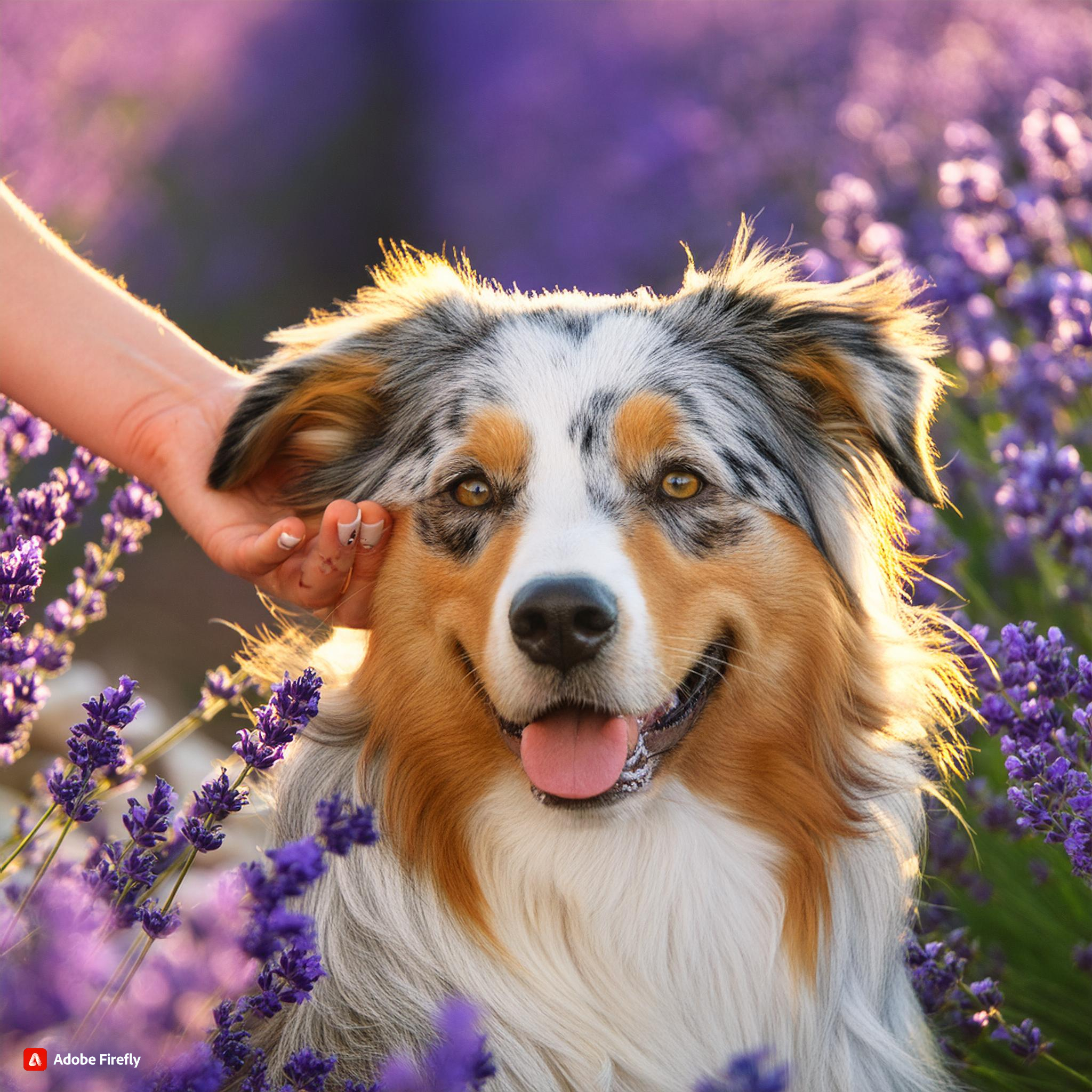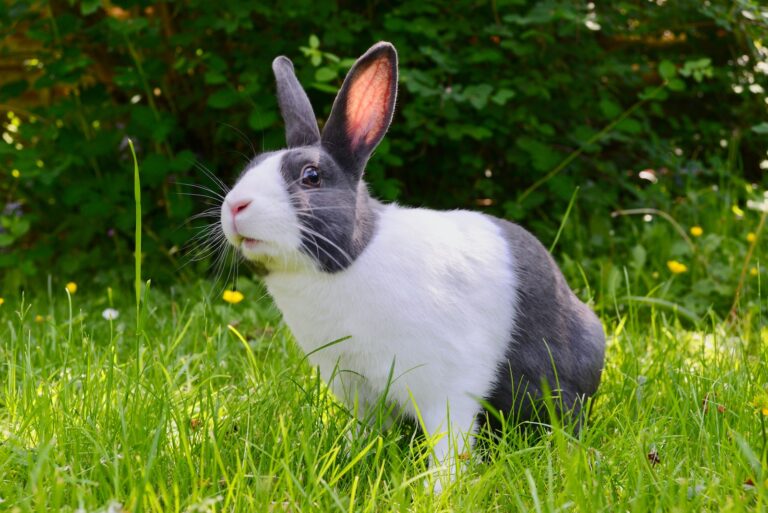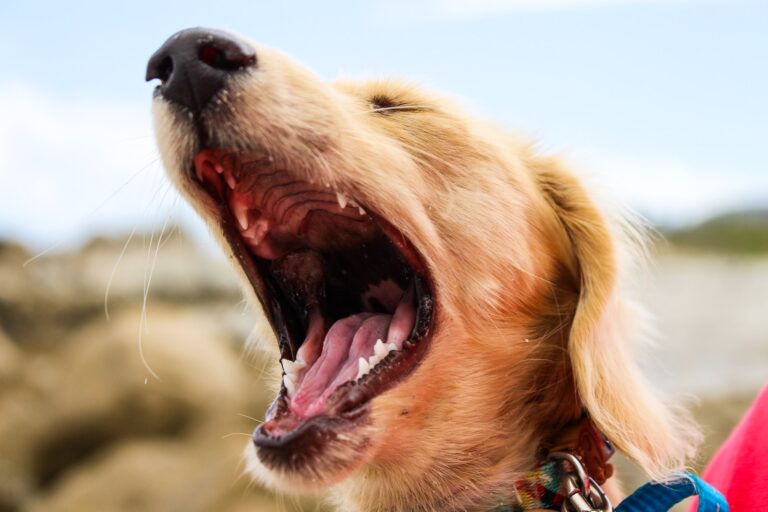The Affectionate Nature of Australian Shepherds: Why They Love Being Caressed and Scratched
Australian Shepherds, often referred to as “Aussies,” are known for their boundless energy, intelligence, and strong work ethic. These traits make them exceptional working dogs, excelling in activities such as herding, agility, and obedience competitions. However, beyond their impressive capabilities, Australian Shepherds are also renowned for their affectionate nature. Many Aussie owners can attest to the fact that these dogs thoroughly enjoy being caressed and scratched. But why is this the case? In this article, we delve into the reasons behind this behavior, exploring the breed’s history, temperament, and the science of canine affection.
Historical Background and Temperament
The origins of the Australian Shepherd trace back to the Basque region of Europe, despite the misleading name. Basque shepherds brought their dogs to Australia and later to the United States, where the breed was refined and gained popularity among ranchers. Aussies were bred to work closely with humans, herding livestock and protecting farms. This close working relationship fostered a deep bond between the dogs and their owners, leading to a breed that is naturally inclined to seek human companionship and approval.

Australian Shepherds are known for their loyal, friendly, and affectionate temperament. They are highly social animals that thrive on interaction with their human families. This intrinsic desire for social connection plays a significant role in their love for being caressed and scratched. For Aussies, physical affection is a way to strengthen their bond with their human companions, reinforcing their role within the family pack.
The Science of Affection
To understand why Australian Shepherds enjoy being caressed and scratched, it’s helpful to look at the science behind canine affection. Physical touch, such as petting and scratching, stimulates the release of oxytocin, often referred to as the “love hormone.” This hormone is associated with bonding, trust, and affection in both humans and animals. When you pet your Aussie, both you and your dog experience an increase in oxytocin levels, fostering a sense of happiness and attachment.
In addition to oxytocin, physical affection can also reduce levels of cortisol, the stress hormone. This is particularly beneficial for a high-energy breed like the Australian Shepherd, which can sometimes be prone to anxiety and nervousness. The calming effect of being caressed and scratched helps to soothe the dog, making them feel secure and content.
The Role of Socialization
Proper socialization from a young age is crucial in developing an Australian Shepherd’s affectionate nature. Puppies that are exposed to positive interactions with humans and other animals are more likely to grow up to be well-adjusted, affectionate adults. Early socialization teaches them that human touch is a source of comfort and pleasure, reinforcing their desire for physical affection.
Aussies that are well-socialized also tend to be more confident and less anxious, further enhancing their enjoyment of being caressed and scratched. This positive reinforcement creates a cycle of affection: the more they are petted, the more they seek out and enjoy the experience.
Individual Personality and Preferences
While Australian Shepherds as a breed are generally affectionate, it’s important to recognize that each dog is an individual with its own personality and preferences. This means that not all Aussies will express the same level of desire for physical affection. Some Aussies may be more reserved and less inclined to seek physical affection, while others might be extremely cuddly and always eager for attention. These differences can be attributed to a variety of factors, including genetics, early experiences, and the individual dog’s temperament.
Genetics play a significant role in shaping a dog’s behavior and personality. Just as with humans, certain traits can be inherited, leading to variations in how affectionate or independent an Aussie might be. Some dogs may naturally have a more reserved disposition, while others are genetically predisposed to be more outgoing and affectionate.
Early experiences are also crucial in determining how a dog perceives and seeks out physical affection. For instance, an Aussie that has had positive experiences with being petted and scratched from a young age is more likely to enjoy and seek out this type of affection as an adult. These positive interactions can include gentle handling, regular petting sessions, and consistent, kind interactions with humans. These early positive experiences help to create a strong association between human touch and feelings of comfort and pleasure.
On the other hand, a dog that has had limited positive interactions or has experienced negative touch may be more hesitant to seek out physical affection. Negative experiences, such as rough handling, punishment, or neglect, can lead to a distrust of human touch. Such a dog may become wary or anxious when approached for petting or scratching, and may even exhibit signs of fear or discomfort. This highlights the importance of ensuring that interactions with dogs, especially during their formative years, are positive and gentle.
Understanding and respecting your dog’s unique preferences is key to fostering a healthy and happy relationship. It’s essential to observe your dog’s body language and behavior to gauge their comfort level with physical affection. Some dogs may enjoy being petted in certain areas, such as behind the ears or on their belly, while others may prefer different types of touch or may only enjoy affection at specific times.
By being attentive to these signals and respecting their boundaries, you can build trust and strengthen your bond with your Aussie. For example, if your dog pulls away or shows signs of discomfort when you try to pet them, it’s important to stop and give them space. Over time, as they learn that you respect their boundaries, they may become more comfortable and open to affection.
Additionally, patience and positive reinforcement can help in encouraging a more reserved dog to enjoy physical affection. Offering treats, praise, and gentle petting when your dog shows a willingness to be close can gradually help them associate these interactions with positive outcomes.
In summary, while Australian Shepherds are generally affectionate, individual differences in personality and past experiences mean that not all Aussies will seek out or enjoy physical affection in the same way. Understanding these differences and respecting your dog’s unique preferences are crucial for fostering a loving and trusting relationship, ensuring that both you and your furry companion enjoy the many benefits of affectionate interactions.
Practical Tips for Affectionate Interactions
The affectionate nature of Australian Shepherds is deeply rooted in their history, temperament, and the science of canine bonding. Their love for being caressed and scratched reflects their desire for social connection and the positive experiences associated with physical touch. For Australian Shepherd owners looking to enhance their bond with their dogs through physical affection, here are some practical tips: Pay attention to your dog’s body language and reactions to different types of touch, as some Aussies may prefer gentle petting while others might enjoy a good scratch behind the ears or on their belly. Use treats and praise to create positive associations, reinforcing the connection between physical affection and positive experiences. Always respect your dog’s boundaries; if your Aussie shows signs of discomfort or stress, give them space and try again later. Incorporate regular grooming into your routine, as brushing not only keeps their coat healthy but also provides an opportunity for bonding through gentle touch. Combine physical affection with interactive play by engaging in activities such as fetch or tug-of-war followed by petting, enhancing your bond and providing mental and physical stimulation. By understanding and respecting their individual preferences, Aussie owners can foster a strong and loving relationship with their furry companions, ensuring that both dog and human enjoy the many benefits of affectionate interactions.






